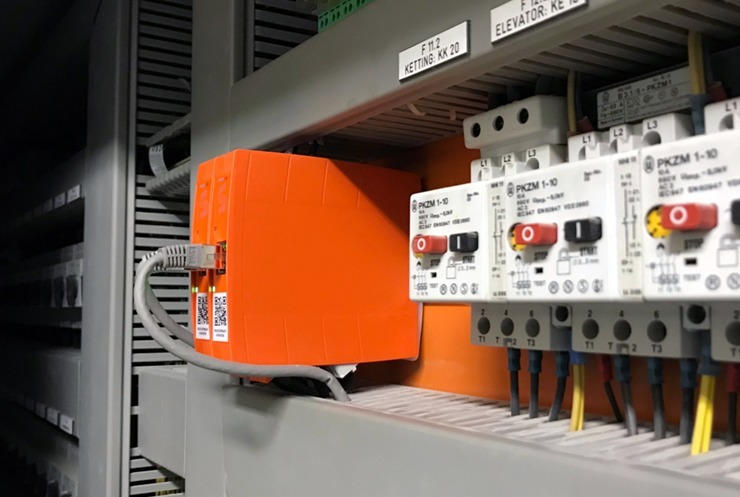Unplanned downtime is a million-dollar problem. Unexpected stops during production or operations can cost organisations on average $2 million (€1.70 million) a time, and 82% of companies experience at least one unplanned outage every three years (according to Aberdeen research).
Each outage presents the risk of lost production hours, damaged products, additional labour costs and rush orders for replacement parts it is hardly surprising that the bill can quickly mount up, says Jasper Hoogeweegen, CEO at Samotics.
Consider the damage to customer confidence as well as the health and safety impact of systems failing and running inefficiently, and it becomes clear that unplanned downtime spirals into a much bigger issue than just cost.
Until recently, the approach to minimising downtime has largely centred around reactive and preventive strategies that have either been ineffective or inefficient. Repeatedly reacting to maintenance issues after they occur is unsustainable in the long-term. Meanwhile, preventive strategies that watch the clock and try to pre-empt failure often result in unnecessary checks on healthy equipment, while up to 85% of all equipment may fail at random, regardless of how much preventive maintenance was applied.
This all serves as a major contradiction to the ideal scenario when you consider that 72% of organisations cite achieving zero unplanned downtime as a high priority. Reducing the guesswork will be key to eradicating all unexpected failures.
The download on downtime
Hundreds of millions of assets comprise the beating heart of the industrial economy; electrical motors, pumps, fans, mixers, rollers, valves… the list goes on. Organisations across the globe, spanning industries as diverse as water management and energy, to chemical and steel, are increasingly turning to real-time monitoring of machine health to eliminate unplanned downtime whenever possible.

All machine faults and failures have an origin. Data is the key to spotting the signs of breakdown well in advance and enabling them to be fixed at a convenient time before they pose a greater challenge. This requires a wealth of data that needs to be acquired and processed around the clock. The age of IoT has made the acquisition of this data possible, but the volume of analysis required for what can be petabytes of data extends far beyond human capabilities.
This is where AI comes in.
Fixing the maintenance approach
AI’s potential for asset health monitoring was recognised early in its evolution. Offering a welcome alternative to traditional reactive and preventive strategies, AI offers organisations actionable insights and a means to not simply fix and prevent but predict when challenges and failures might occur.
Unlike human analysts, AI can process large amounts of incoming machine data, in near real-time and without pause. Using just a few weeks of data, AI can build a true picture of the machine’s health. From this baseline model, it is able to establish and detect the triggers or ‘fingerprints’ of failure established behaviour patterns that indicate a specific type of damage.
This same baseline model spots deviations from the machine’s normal behaviour that indicate inefficient operations. As electric motors are often the single biggest consumers of electricity in industrial organisations, addressing these inefficiencies can reduce costs significantly and minimise environmental impact.
Act instead of react – the new normal
As with all AI-based technologies, they only get smarter over time. The larger the library of past data, the more the software can learn and improve its accuracy. AI is now well-established as an invaluable tool to reduce unplanned downtime, and already thousands of assets globally across diverse industries are benefiting.
Leading solutions are able to detect more than 90% of failures up to five months in advance. With rapid innovation on the horizon, we are steadily working toward a future where 0% unplanned downtime will be the new norm.

It is also bringing a significant and welcome cultural shift as AI encourages organisations worldwide to act instead of react. With a growing shortage of experienced maintenance professionals, AI-based technology can transform their job from doing rounds around the production site to applying their expertise where it is needed most.
Empowering organisations to take a proactive approach to maintenance is a virtuous circle. With more data, systems become even more intelligent, enabling organisations to act sooner and in turn, save more from unplanned downtime and inefficient assets. For organisations worldwide, taking control and action will make disruption from surprise maintenance issues a thing of the past.
The author is Jasper Hoogeweegen, CEO at Samotics.
Comment on this article below or via Twitter: @IoTNow_OR @jcIoTnow










